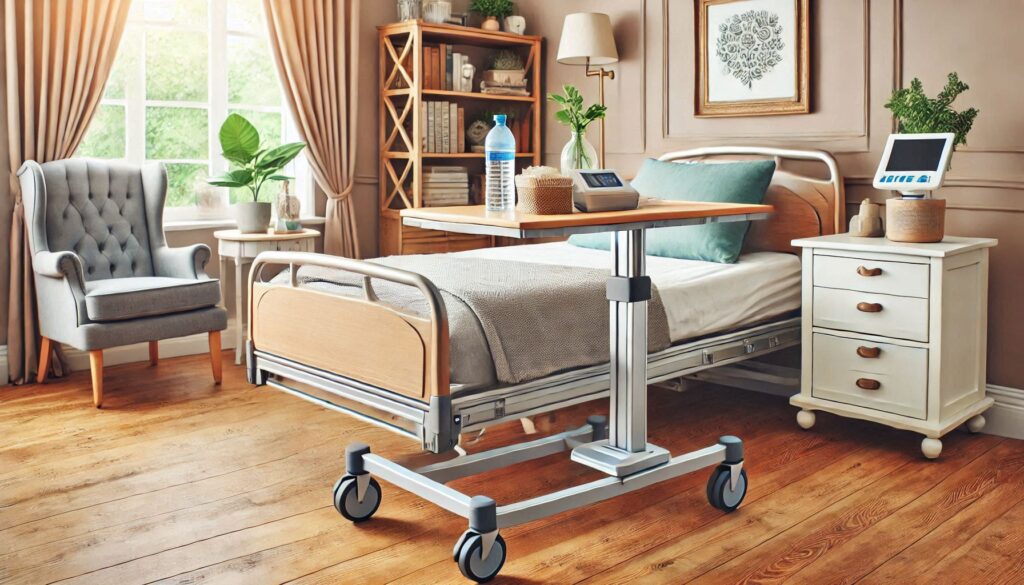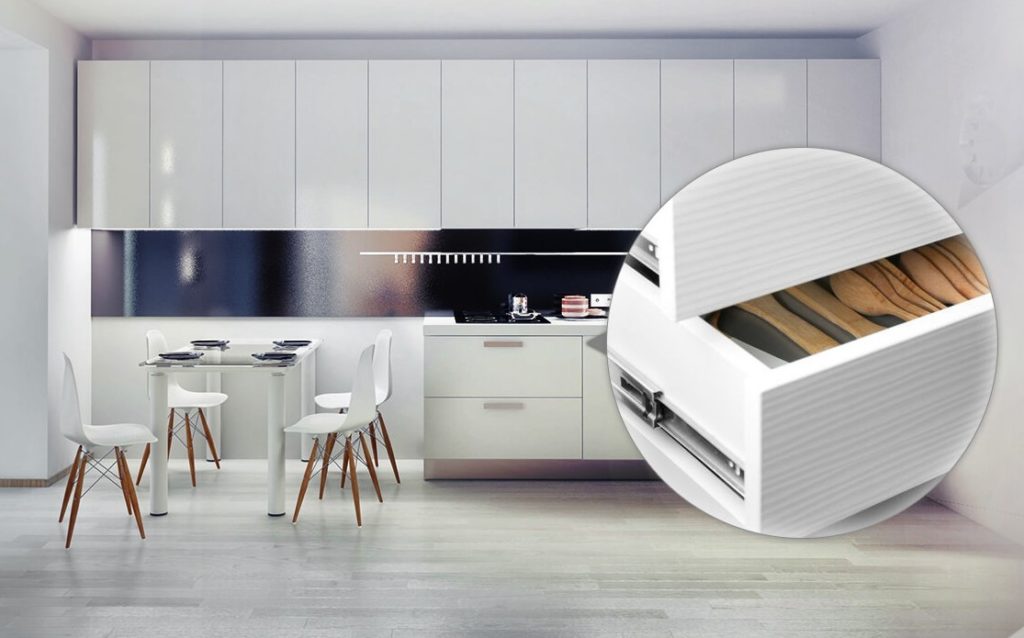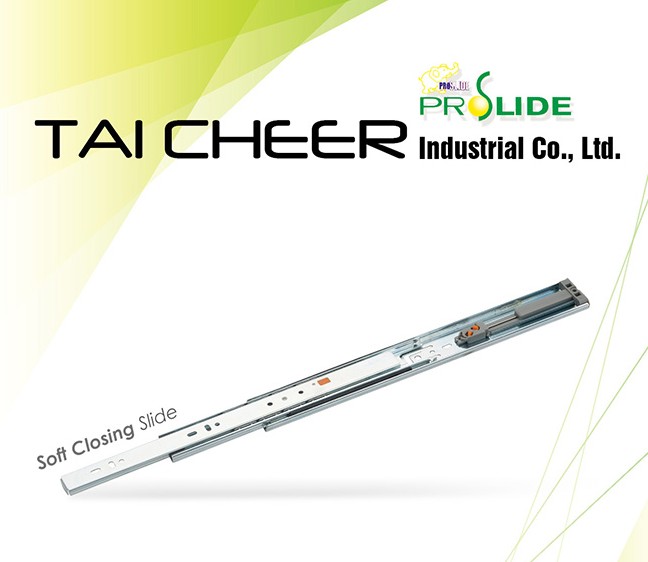How to find and operate shutoff valves for gas and water pipes? Don’t wait until you have a home emergency to try and find your gas or water shutoff valves. This article will help you locate them now. Taking the time to familiarize yourself with the valves can help you avoid a disaster later.
Finding The Shut Off Valves
Some things in life are worth learning before it’s too late—like the locations of your water and gas shutoff valves. Now granted, these shut off valves are often hidden in some dark, creepy corner of the house. But if a water pipe springs a leak, knowing where the shutoff valve is could save you thousands in water damage repairs. What’s more, you can’t make those major plumbing repairs or improvements unless you first turn off the water. The same goes for turning off the gas—though with some strict safety precautions, which we’ll talk about later.
Home water and gas systems contain two types of shutoff valves: main or master shutoff valves for stopping the flow of gas or water to the entire house, and individual or supply shutoff valves for specific appliances and fixtures. We’ll look at both types and tell you how to identify them (since they often look similar), where they are and how to operate them.
You’ll notice this story contains a lot of “oftens,” “usuallys” and “almost always’s.” That’s because valves vary greatly in location, shape and number, depending on the age of your house, the local codes and which part of the country you live in. This article covers the basics of each system.
Gas Shut Off Valves
Houses with natural gas have a main shutoff valve located just before the gas meter. This valve, often called the street-side valve, is normally a rectangular nub. When the long side of the nub or handle is parallel to the incoming gas line, it’s open and the gas is flowing. When it’s turned a quarter turn, perpendicular to the incoming pipe, it’s closed.
The street-side main shutoff valve must be opened and closed with a wrench, and, truth be told, gas companies don’t want you operating this valve; they only want their own employees, plumbing and heating contractors and fire department personnel to use it. They’d rather you use the house-side main shutoff valve located after the meter.
This house-side valve—usually a ball valve—may be located where the pipe first enters the house or farther down the line, but it will always be located before the first appliance. If iron pipe is transporting the gas, it’s often black; this differentiates it from similar-shaped, gray galvanized water pipe.
If your home is newer and you find a flexible copper pipe running from the meter into your utility room, you probably have a higher pressure gas system. In this case, your inside main shutoff valve is probably near your furnace or water heater, just before it enters a flying saucer–shaped doodad called a pressure regulator. There’s also a chance your home—especially if it’s older—doesn’t have a house-side main shutoff valve.
Well, don’t just sit there; get up and locate those valves! In addition to the house-side main shutoff valve, individual gas appliances should have a service or appliance shutoff valve that’s immediately accessible, in the same room and within 6 ft. of the appliance. These valves allow you to stop the flow of gas to your dryer, oven, furnace, water heater or gas fireplaces to make repairs or new installations without cutting off gas to your entire home.
Most service valves are single-lever ball valves; again, handle parallel to the line means gas is flowing, perpendicular means it’s cut off. On dryers and ranges, this valve is usually hidden behind them and can only be reached by sliding the appliance out from the wall. This service valve will usually be at the end of a fixed pipe and connected to a flexible supply pipe called an appliance connector. Take care not to kink or pinch this flexible pipe.
When you repair or replace a gas appliance, use these shutoff valves to stop the flow of gas. (Most pros replace the flexible connector when they replace the appliance.) If you discover you have a faulty supply valve, or your system doesn’t have one, turn off the gas using the house side main shutoff valve.
For those with propane or liquefied petroleum gas, there’s a main shutoff valve on the tank itself, and usually a main shutoff valve somewhere before the first appliance. Some valves (both gas and water) manufactured before 1980 contain a lubricant to help the valve seal better and operate more smoothly. In many cases, this lubricant will have hardened or reacted with the gas to make the valve difficult to turn. Applying gentle heat with a hair dryer and working the valve open and shut in stages will usually free it up again. Sometimes you need to use pliers to free the stuck handle.
Important! Now that you know where your gas valves are, also know this: it’s not always safe for you to turn these valves off in an emergency. When gas reaches a certain concentration in a room or house, the slightest spark can set off a tremendous explosion. A light switch or telephone—even static electricity from your clothes—can produce such a spark.
If you’re working near the main or individual gas valve and clearly know the source of the gas leak and that gas hasn’t been leaking for long, shut off the valve and get out. But if you’re uncertain of the source or how long the gas has been leaking, clear yourself and your family out and call the gas company or fire department from a neighbor’s house (not your own—remember, phones can generate sparks!). Always err on the side of caution.
It’s a good idea to get ready for gas emergencies before they happen, because sometimes projects involving gas lines don’t go as planned. When a gas project goes bad, that’s not the time to be searching for the right tool to shut the gas off at the meter. A good strategy is to buy an emergency gas meter wrench shutoff tool and secure it to the meter.
Also note: When you shut off main or individual gas valves, you’ll be extinguishing the pilot lights to certain appliances. Many newer appliances have “pilot light–less” electronic ignition systems, but if you have older appliances, you’ll need to relight the pilot lights. Most appliances have clear relighting directions on a label near the pilot light or in the instruction manual.
But some pilots are pretty darn hard to reach. If you’re uncomfortable with relighting the pilot light, hire a plumber or call your local gas service company.
If you need more information about automatic gas shut off valve, I recommend that you can visit the website of Alpha Brass Controls – the company specializes in kinds of brass gas valves and control thermostats. Contact with ABC for more details.
Article Source: The Family Handyman





